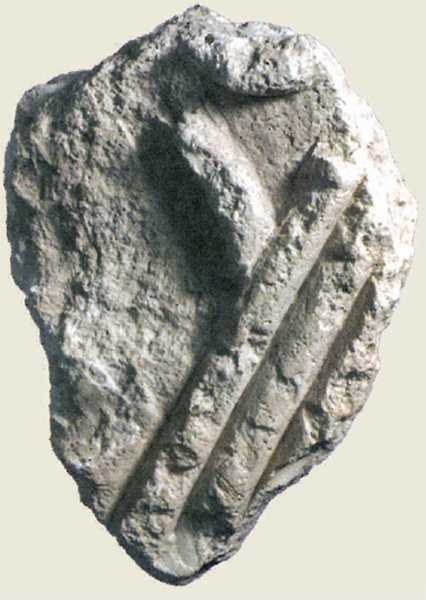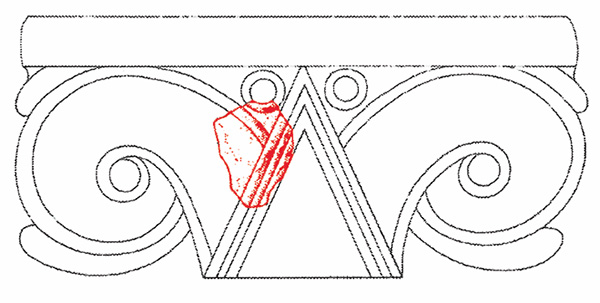
A. Chalcolithic whetstone
B. Iron Age column fragment
C. Persian stamp
D. Byzantine doorstop
E. Roman fishing net weight
Answer: (B) Iron Age column fragment

Uncovered in the Givati Parking Lot excavations in Jerusalem’s City of David, this fragment was part of a Proto-Aeolic capital.1 During the Iron Age, volute capitals—decorated with date palm motifs—adorned gates and palaces in Israel and Judah, beginning in about the tenth or ninth century B.C.E. Although archaeological recoveries are rare, the capitals have become an iconic symbol of Iron Age Israel and Judah—and even appear on Israeli five-shekel coins.a
Made of soft limestone, this fragment measures 6.7 by 4.7 inches and is 4.3 inches thick. It was found in a large Iron II building, a little more than 3 feet from the building’s monumental (6.2-ft-wide) entrance. Its findspot suggests that it originally adorned the building’s entrance.
Already a library member? Log in here.
Institution user? Log in with your IP address.

